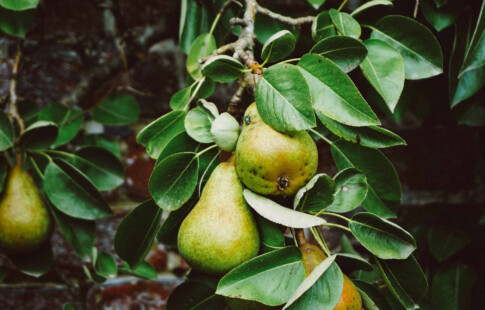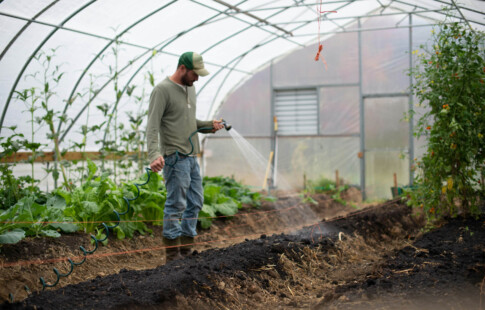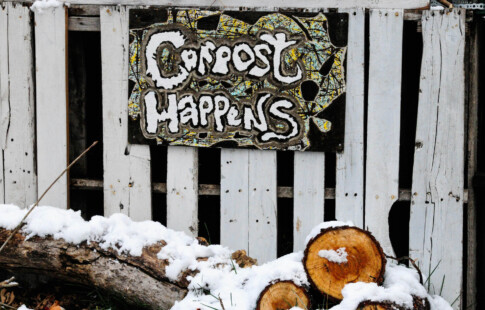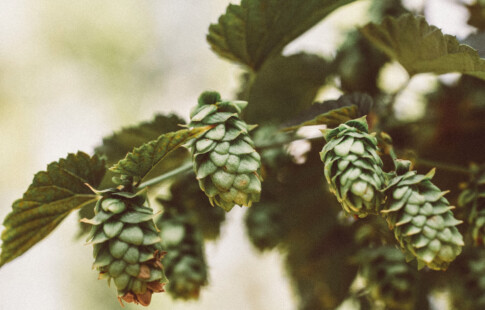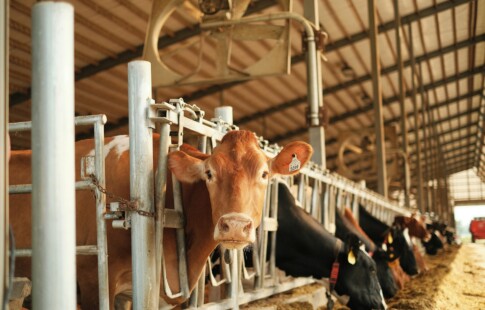
How to Start a Mushroom Farm
We are reader-supported. When you buy through links on our site, we may earn affiliate commission.
Few meals are as enjoyable as a stuffed Portobello mushroom loaded with your favorite vegetables, cheeses and spices or stir-fried with noodles. Vegetarians love mushrooms as a meat alternative, while others cutting back on carbs might use caps instead of sandwich bread.
While you can always purchase mushrooms from the grocery store, imagine picking them fresh from your backyard mushroom farm. Here’s a guide for how to start a mushroom farm with easy steps anyone can follow.
Mushroom Farm Industry at a Glance
The mushroom market is booming whether you’re growing mushrooms at home for yourself or intend to turn your mushroom farm into a business.
Globally, mushroom production rose 13.8 times to 42.8 million tons over the last three decades — China accounts for 93% of mushroom production. The market size is also expected to increase by 9.7% by 2030.
According to Cornell’s 2022 Speciality Mushroom Grower Survey Report, 79.9% of mushroom growers grow shiitake mushrooms, although oyster and lion’s mane varieties are also very popular.
Are Mushrooms Sustainable?
Mushrooms are one of the most eco-friendly goods you can grow. For one thing, they have a much lower carbon footprint than animal proteins and vegetables.
The American Mushroom Institute states that one pound of mushrooms generates only 0.7 pounds of carbon emissions while also taking up very little land. Typically, a square foot is large enough to produce 6.55 pounds of mushrooms.
The Mushroom Council also points out that a pound of mushrooms only needs 1.8 gallons of water for healthy yields — significantly less than other crops. They’re also master recyclers — mushrooms can grow from agricultural byproducts and natural waste.
As the population increases, mushrooms will remain a vital food source and medicinal ingredient. Studies show that mushrooms offer protection against heart disease, liver damage, and inflammatory conditions. They also contain antioxidant compounds and decrease free radicals in the body that can cause cancer.
Materials Needed to Start a Mushroom Farm
Growing mushrooms is relatively straightforward, but you must have suitable materials to succeed. The basic materials include the following:
- Substrate or compost as a growing medium
- Mushroom spawn — usually grown on sawdust or grain
- Grow backs and buckets
- Thermometer
- Spray bottle
It may be easiest to purchase mushroom spawn online — just be sure to buy from a reputable seller. The highest yields come from uncontaminated mushroom spawns.
You may also need additional materials to start a larger-scale mushroom farm. Some mushroom growers also like incorporating coffee grounds into the compost or substrate. Coffee grounds contain several essential nutrients that promote growth.
Grow a Mushroom Farm in 5 Steps
Watching produce grow from seeds to harvest is satisfying — fungi are no exception. Here are five essential steps to develop a mushroom farm.
1. Choose Your Location
Once you’ve collected the necessary materials, you must choose a location to grow your mushrooms — this could be indoors or outdoors. Again, mushrooms don’t take up a lot of space. Ultimately, it comes down to whether you want year-round or seasonal production.
Growing your mushroom farm indoors is an obvious choice for year-round growth. Serious farmers that intend to grow mushrooms commercially may choose this location. Otherwise, avid gardeners may be interested in seasonal production outdoors — just remember that mushrooms grow best in cool, dark and humid areas.
2. Make a Compost or Substrate
Growing mushrooms is only possible with a nutrient-dense substrate. While you can purchase a grow kit with a substrate disc from the store, you can also make it yourself. Just do some research to determine the best substrate for your mushroom variety.
There are a few general tips to keep in mind for an adequate substrate, though, such as the following:
- Should contain fibrous compounds like lignin, cellulose and hemicellulose — a primary food source for mushrooms
- Must have 1% to 2% of nitrogen
- Should have additional minerals, such as magnesium, potassium, and sulfur, among others
- Maintains a PH level of 5–6.5
Your substrate should also maintain enough moisture for mushrooms to grow. Again, different types of mushrooms may have other substrate or compost requirements.
3. Plant Mushroom Spawn
Planting mushroom spawn — or fungal culture — is similar to how farmers plant seeds. Spawn is also called mycelium and grows on the substrate. However, spawn undergoes a specialized genetic process for cultivating mushrooms first.
Fill your mushroom-growing area with a few inches deep of substrate — using a tray will help to keep them contained in a single place.
Then, sprinkle the spawn about an inch below the surface and gently cover it with the soil medium. Use a spray bottle to moisten the substrate and enable the mushrooms to germinate.
4. Ensure Proper Growing Conditions
Planting your mushroom farm is the easy part — then you need to maintain the right growing conditions. The temperature should remain about 55° to 60° Fahrenheit — some varieties, like Enoki mushrooms, grow best at 45° F.
Fall, winter and early spring are likely the best times to grow mushrooms outdoors, especially since they prefer lower temperatures and little light.
Keeping the substrate moist for mushroom growth is also essential — mushrooms are made up of 90% water anyway. Using the spray bottle is the safest irrigation method since too much water could kill your mushrooms. However, ensuring humidity levels remain at 85° F is ideal for maintaining moisture.
5. Harvest the Mushrooms
You can attain mushroom yields after 14 weeks, from making the substrate to harvesting. Of course, harvesting your mushrooms is the best part.
You might have decided to sell your mushrooms at a local market or use them for your own recipes at home. Soups, curries, stir fry, and pasta dishes are some ways to use this woody ingredient in cooking.
Fortunately, you can continue growing your mushroom farm as long as the conditions allow — meaning more yields, delicious meals, and potentially extra money in your wallet.
Are You Ready to Grow Mushrooms?
Growing mushrooms is a fun activity that could lead to a lucrative business. With so many options — from mushroom varieties to recipes — why wouldn’t you want to start your own mushroom farm?
Share on
Like what you read? Join other Environment.co readers!
Get the latest updates on our planet by subscribing to the Environment.co newsletter!
About the author
Rachel Lark
Rachel serves as the Assistant Editor of Environment.co. A true foodie and activist at heart, she loves covering topics ranging from veganism to off grid living.

